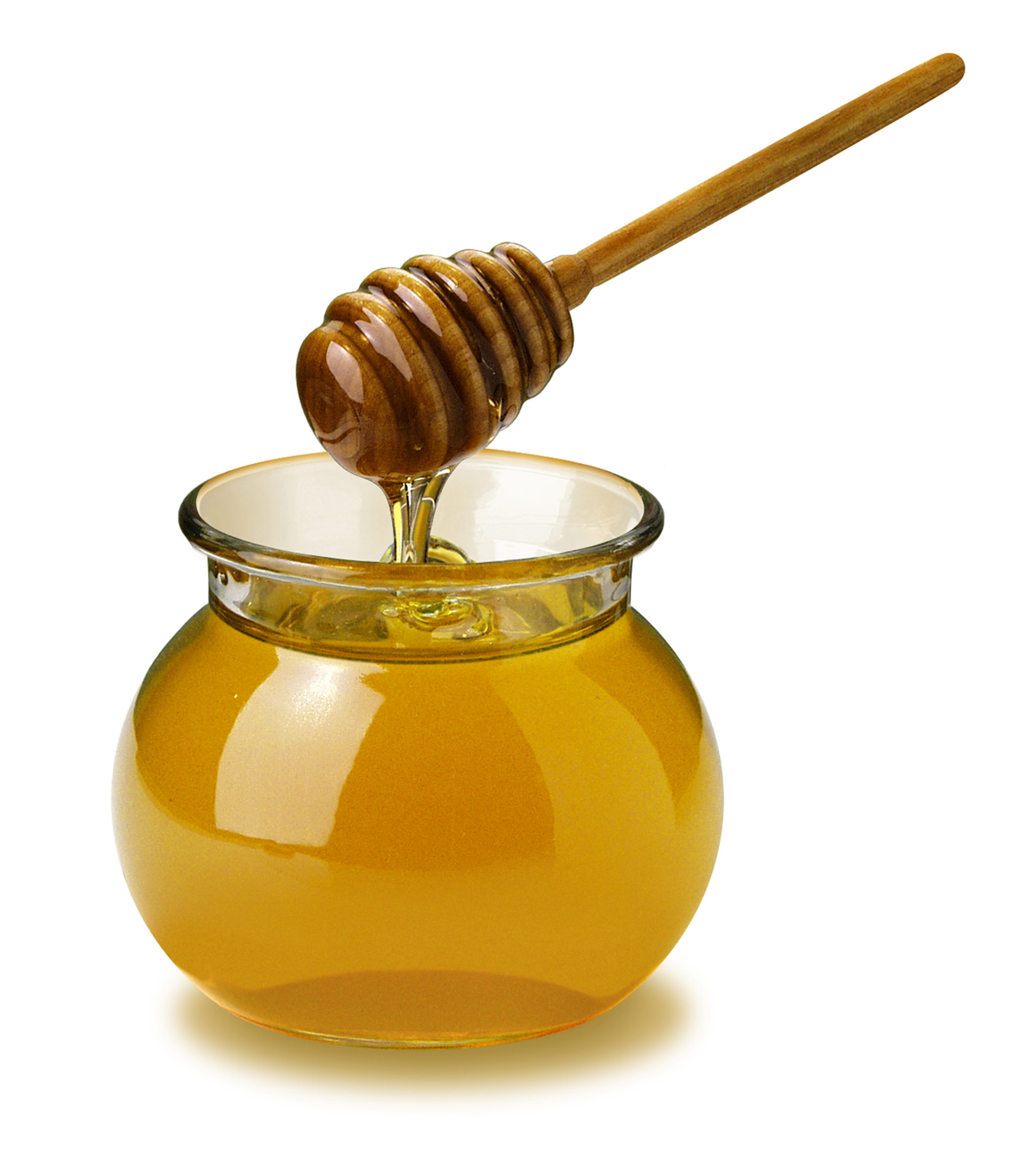
It seems like these days, no matter what you eat, there is always a positive and negative reflection to it. This is most certainly true for sweeteners. For as long as people have been cooking food, there have been artificial and natural sweeteners added to many dishes. From fruits to Splenda, folks have been pouring on the sweetness to make bitter foods better, and add sweetness to our favorite dishes and desserts. In today’s world, with the rise of health issues and obesity, people have been looking to take on more sugar-free, low glycemic and overall better choices to make sure that they can reduce the refined sugars in their diet.
Many have taken on the artificial sweeteners to replace sugars all-together. Equal, Sweet and Low and of course Splenda are definitely the most widely used and popular sources for artificial sweeteners. They are not only sugar free, they are also convenient. Those little packs can be carried around easily, and are more available at most restaurants and places that you can get your favorite snacks, drinks and desserts. On an average, Americans consume roughly 24 pounds of artificial sweeteners per year. Putting it simply, these yellow, blue and pink packets are chemicals… natural compounds that work to replace that sweetness desired through sugar, without all of the calories.
Though these sweeteners are viewed as the best alternative to sugar, especially with people who deal with diseases like diabetes, these sweeteners have been shown to have side effects and cause issues down the line. aspartame (equal, Nutrasweet ,etc) and Sucralose (Splenda) both can have side effects such as headaches, seizures and so on. Sucralose has been known as well to have the ability to enlarge the liver and kidneys, can cause skin rashes, panic, headaches, stomach and bladder issues, and that is just a small list.
Natural Sweeteners to Consider
As a diabetic myself, I have been nervous in trying anything but artificial sweeteners, nervous that any of the other sugars could raise my sugar levels and cause issues in my balance to maintain my diabetes. In the last few years, I have been working on using other alternatives to get rid of the artificial sweeteners. Though it has been a slow transition, I have been happy with the results. Here are a few of my personal favorite “natural” sweeteners and why I choose them over the rest.
Local Honey
Honey is simply one of the best natural sweeteners you can use. Not only does it not raise your blood sugars like other sugars do, it is a whole food that comes from plant nectar. Honey contains many health benefits. It has vitamins and minerals, such as vitamin A, B2, Vitamin C, Biotin (Vitamin H) and rutine. It also has calcium, magnesium potassium, iron iodine, copper and zinc.
Honey is also a natural “healing” food. Honey has been used as an antiseptic, antimicrobial, and antibiotic. Many will also use local honey to help with allergies.
Agave Nectar
Agave Nectar is another plant-based natural sweetener derived from the plant used to make tequila! It is very sweet and can be used in both your drinks and food. Native Americans have been using agave for many years as both a sweetener and healing agent. In terms of the glycemic index, Agave nectar is extremely lower than other sugars. Sucrose for instance will come in on the GI as an 83, high fructose corn syrup comes in at 89, while the agave nectar comes in at 27! Agave is also known to have health benefits such as having inulin, which can be beneficial in weight loss, decrease appetite and keep blood sugars at bay. Agave nectar also has immune system health benefits, and the Aztecs used the agave as an antibacterial agent.
Other great natural sweeteners to consider are raw maple syrup, date sugar, coconut palm sugar and Stevia, which is becoming a more and more popular in the natural health community.
If you are wanting to keep the bad sugars away, yet not throw down chemicals in your body, give these natural sweeteners a try. They can all be added in many recipes, and are wonderfully useful not just for your taste buds, but also for health.
By Chris Haro








